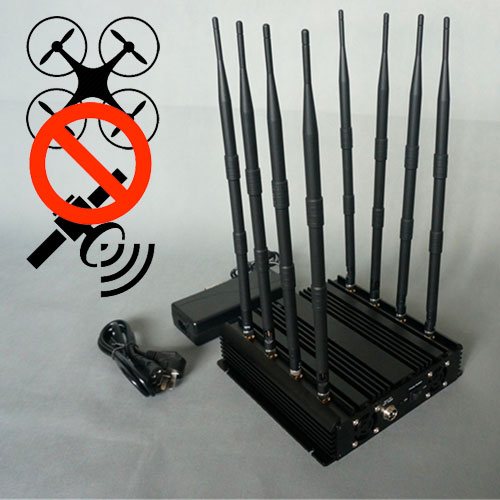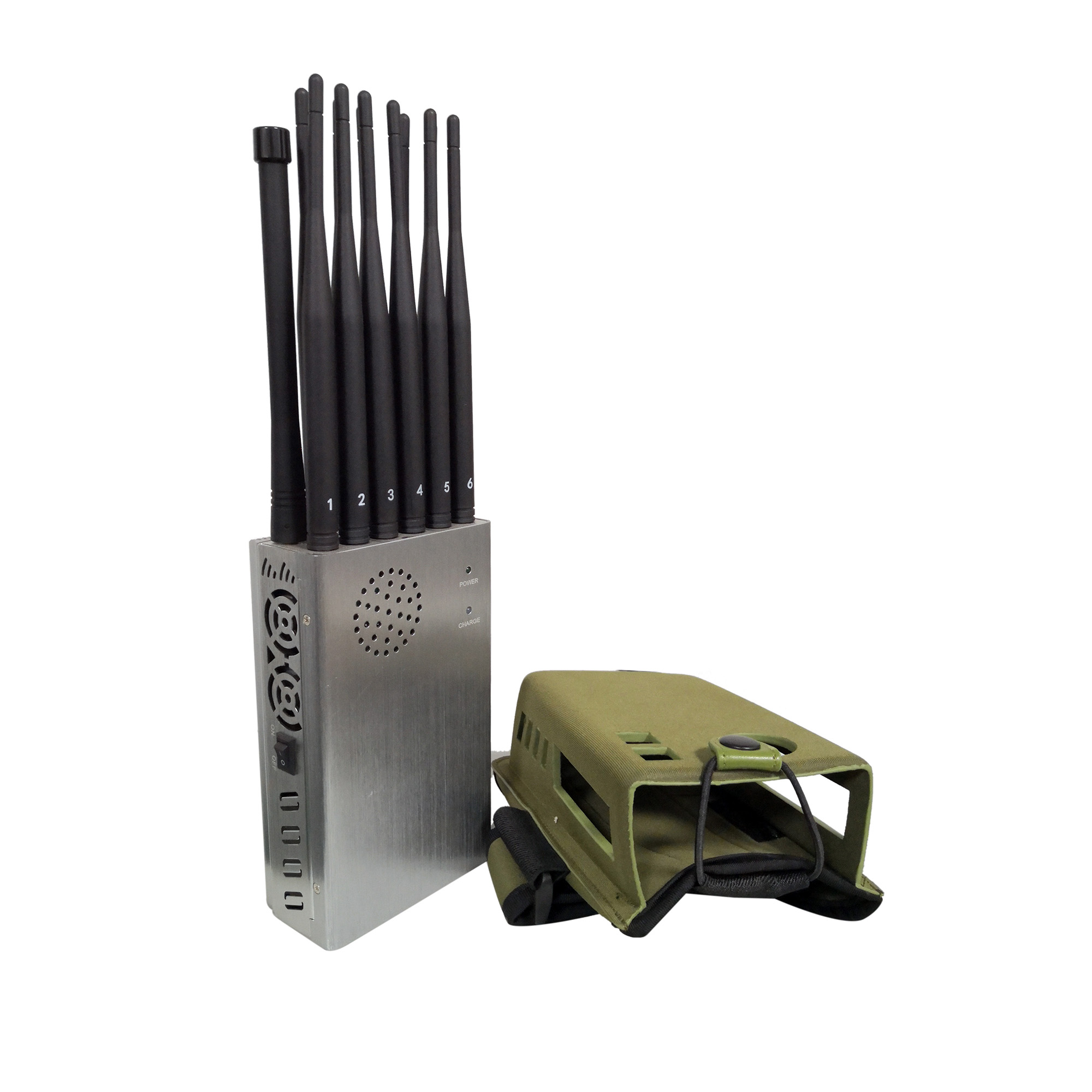An unidentified drone quickly approaching Le Bourget Airport on the screen? Don't panic, it's a simulation! More and more companies are offering signal jammer, interception nets and even drones versus drones to counter this threat.
A quad-rotor drone appears on the radar screen of the CS Communication Systems stand and walks towards the airport control tower. "The fault zone will begin where it came back," explains AFP Egidio Cau, the manager of the anti-drone fight for this company with a turnover of 200 million euros.
The attack is fictional, but Boreades, the company's system, is working well: it was specifically used by the Paris Police Headquarters to protect the Presidential Gallery during the final parade on July 14th.
Airports are particularly at risk. In December, London Gatwick Airport was paralyzed for 36 hours by a drone report. Heathrow (London) and Newark (New York) in January, Dubai and Dublin in February or Frankfurt in early May were also disrupted to different degrees.
- Multiplication of incidents -
Part of the battery "is potentially explosive," explains AFP Thomas Gueudet, commercial director of CerbAir, which specializes in anti-drones. If the drone is sucked into an aircraft's engine even without malicious intent, the consequences can be disastrous. "Hence the precautionary principle of nailing traffic to the ground".
Aéroports de Paris (ADP) started a program for the detection of drones, Hologarde, two years ago in collaboration with Thales.
According to Edward Arkwright, Executive Director of Groupe ADP, a radar was installed on a tower at Charles-de-Gaulle Airport late last week. "
"The goal is that the system will be operational by the end of 2019," he said on Tuesday in the hope of being able to market it after "the controllers have appropriated it".
The challenges, from identifying to responding to the attack, are diverse. Is it a drone or a bird?
For Olivier Gualdoni, CEO of Drone Volt, the future lies with drones in "autonomous flight", supported by artificial intelligence. They will make identifying the pilot even more difficult.
Next comes the thorny issue of interception. drone jammer is problematic in an airport environment, notes Gualdoni.

"They blur everything: at an airport there may be communication between the control tower and aircraft, even telephones or remote controls."
- Airports: the largest market -
And the eligibility to scramble varies from country to country. "In the United Kingdom nobody can crawl unless there is a potential danger to people, while Germany, for example, generally authorizes the police to do so," explains AFP Markus Wolf, Development Director at Hensoldt, the German heavyweight in the industry."Thread thrower or even interceptor drone solutions can be more effective," says Egidio Cau.
For Olivier Gualdoni, the right solution "remains to be found".
In any case, the airport market is "undoubtedly the largest market" for anti-drones, notes Markus Wolf. "But it is also the least structured, because there is still no model who has to equip himself with such a system: air traffic control, airport operators, airport owners, police ..."
The European legislation on the use of drones, which is due to come into force in July 2020, was published in mid-June and, according to the Directorate-General for Civil Aviation (DGAC), must "harmonize the legal framework in Europe".
In particular, it provides for the "obligation to install a transponder in drones, which will be a major step forward in terms of traffic management," comments Thomas Gueudet.
But "no one can forbid a drone to fly unregistered, malicious people who only have to remove this transponder," says Egidio Cau.






